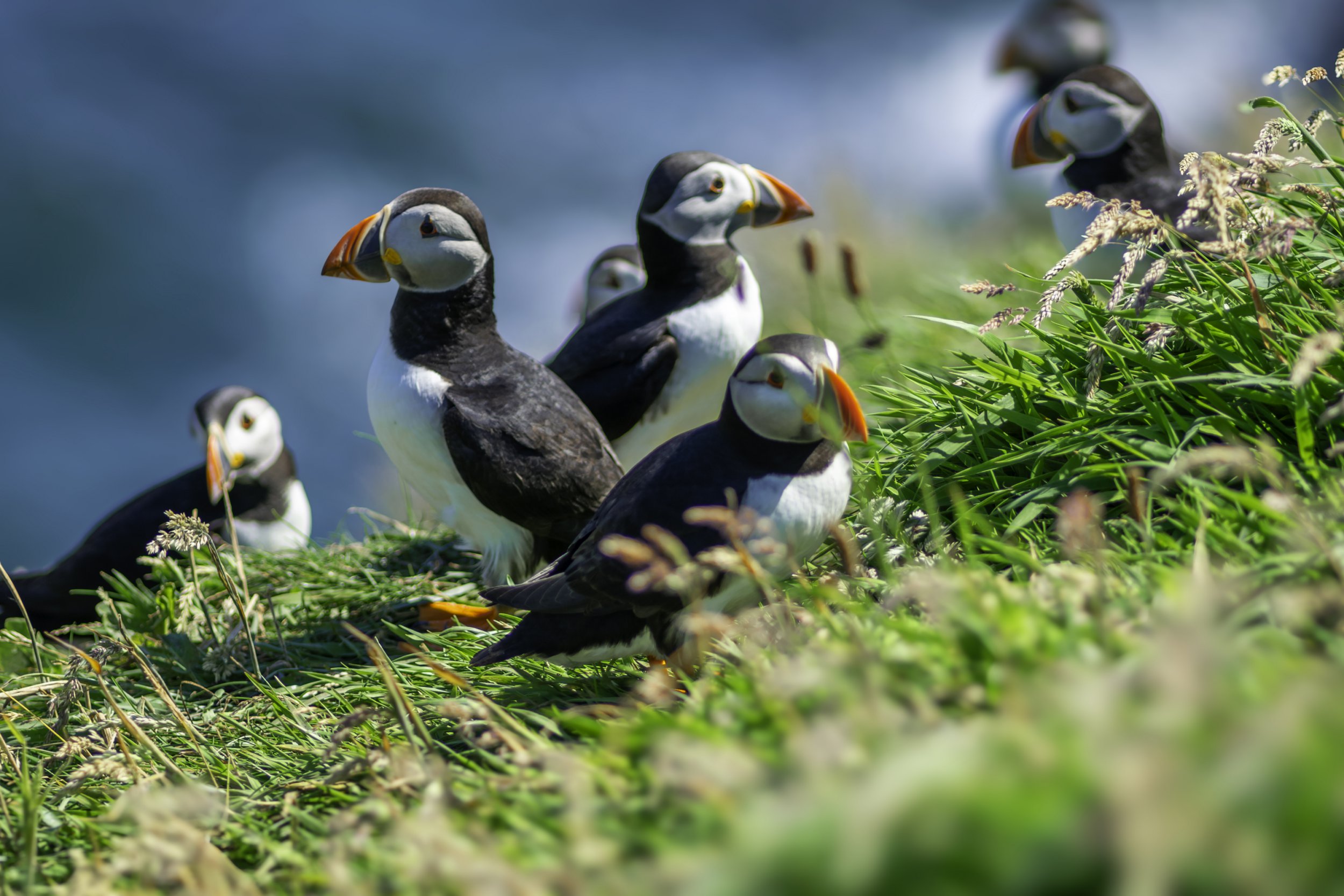The Impact of Heatwaves on British Wildlife
As the UK experiences its third heatwave of the summer, following the driest spring in over a century, the country’s wildlife is facing an unprecedented crisis. While the warm weather may seem pleasant for some, it is having severe consequences for ecosystems and animal populations across the nation.
Dr. Jesse Abrams, a climate scientist at the University of Exeter, explains that many species are struggling to cope with the extreme temperatures. “The recent heatwaves are likely to have impacted insects, such as caterpillars, because they are unable to control their body heat,” he said. “Heat stress is also likely to have affected bird populations, which also struggle to regulate their body heat because they cannot sweat and have a higher core body temperature.”
Climate change is exacerbating these challenges, and scientists warn that some species in the UK could disappear entirely in the coming decades. Ten species are particularly at risk, including the turtle dove, cuckoo, red squirrel, Scottish wildcat, hedgehog, peregrine falcon, short-eared owl, barnacle goose, puffin, and manx shearwater.
“The UK faces a biodiversity crisis that will accelerate dramatically over the next 20 to 30 years due to climate change,” Dr. Abrams added. “By 2050, the UK will experience at least another half a degree of warming, with warmer and wetter winters and drier and hotter summers. This will push many iconic species toward extinction.”
Ameyalli Hernandez, also from Exeter University, has observed firsthand the effects of the heatwaves on local wildlife. She has been surveying insects in Dorset, Oxfordshire, and Devon, and noted changes in butterfly feeding patterns and weakened bee populations. “I noticed the butterflies starting to forage earlier, stopping between 1 PM and 5 PM because it was too hot and then staying active until 9 PM,” she explained. “What really caught my attention was the number of bumblebees that I saw which were very weak and tired out.”
The heatwaves are not only affecting insects but also other animals. Birds, for example, have a higher core body temperature than many other animals, making them more susceptible to heat stress. They don’t have sweat glands, so they struggle to maintain their body temperature in hot weather. This is why you may have seen birds “panting” in the latest heatwaves—opening their beaks to try and lose some heat.
Frogs and toads are also suffering. Hot weather can seriously affect amphibian lifecycles. Warmer water may mean that tadpoles develop faster, but it can also dry up ponds. When this happens, young frogs and toads may leave the pond before they’re fully developed. Drier conditions make it harder for amphibians to find the damp, cool spots where they usually take refuge.
Insects face similar challenges. Heatwaves cause huge problems for insects as hot weather scorches the plants that insects feed on and kills young caterpillars. Bumblebees are particularly affected by rising temperatures. Their furry coat means they quickly overheat and can’t fly or forage. They can store food reserves in their nests, but these last for just a few days.
Mammals, including badgers and hedgehogs, also struggle during droughts. It becomes extremely difficult for them to dig their claws into hard ground to find beetles and worms. As water sources dry up, staying hydrated becomes difficult, which is particularly catastrophic for cubs and hoglets.
While climate change is causing problems for many animals in the UK, there are others that are benefiting. Jeremy Wilson, head of science at RSPB, notes that some bird species are thriving. “There are groups which in the UK are benefitting such as waterbirds like herons and egrets. These would historically have been regarded more as southern European Mediterranean species but they are colonising the UK and we’re seeing them on our nature reserves in the south of England in particular.”
How to Help Wildlife During a Summer Heatwave
If you want to help wildlife during a heatwave, there are several steps you can take:
- Provide water: Leave out water for mammals in a shallow bowl. Ground-dwelling birds like blackbirds may also use it.
- Leave an area of your garden to grow wild: This will provide much-needed shade for wildlife of all shapes and sizes.
- Put down moist foods for birds and badgers: You could include soaked sultanas and currants. Or try wet cat food for hedgehogs (no mealworms!).
- Top up your pond: This helps amphibians struggling to find a damp, sheltered spot and means they have somewhere to soak.
By taking these actions, you can help support the wildlife that is struggling to survive in the face of rising temperatures and climate change.







